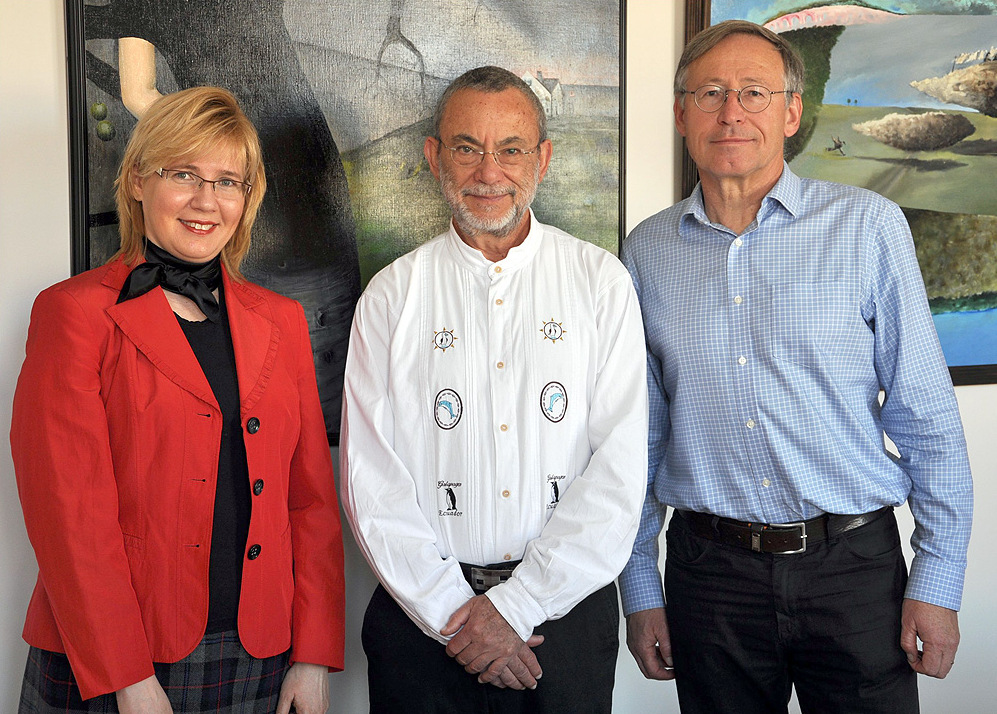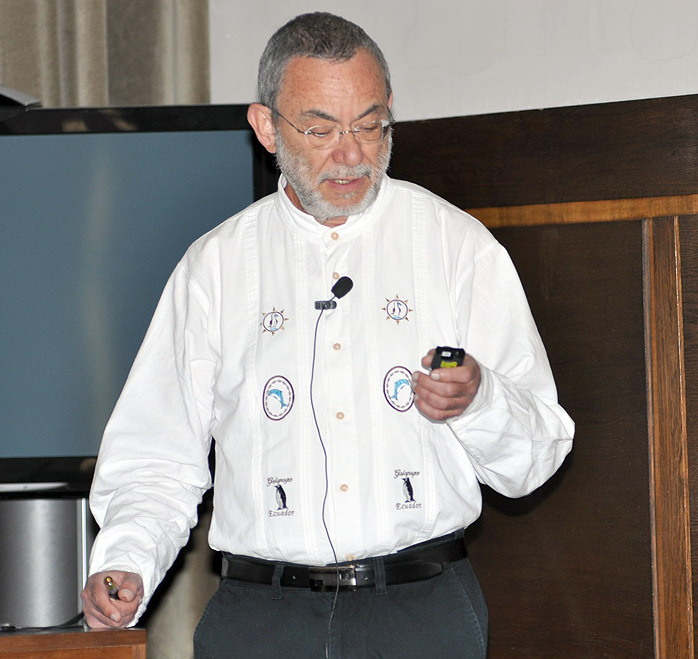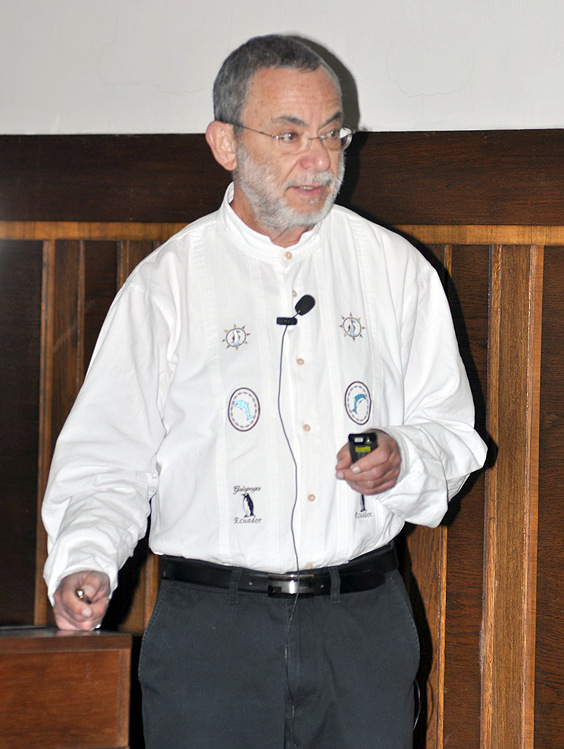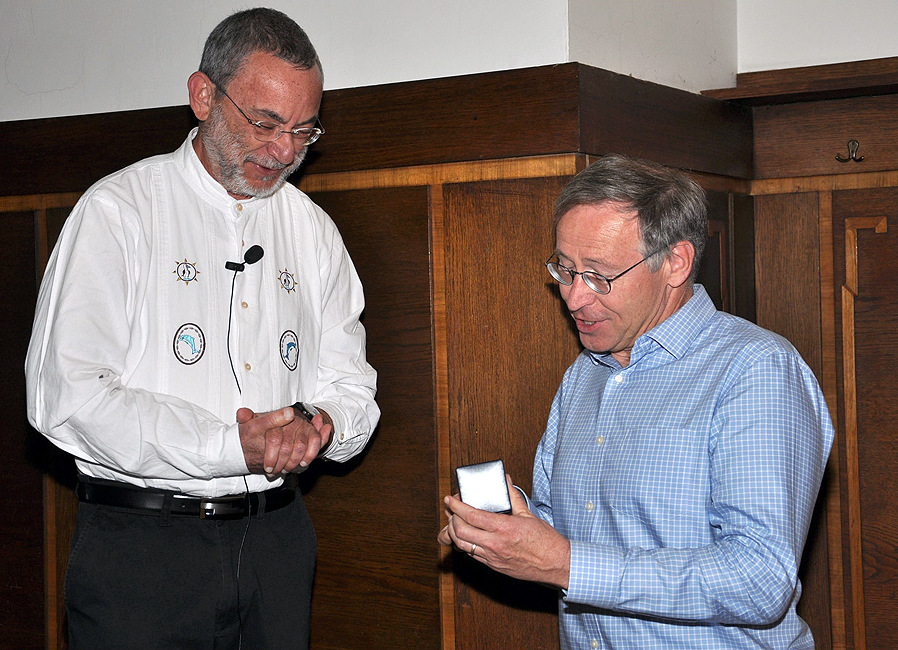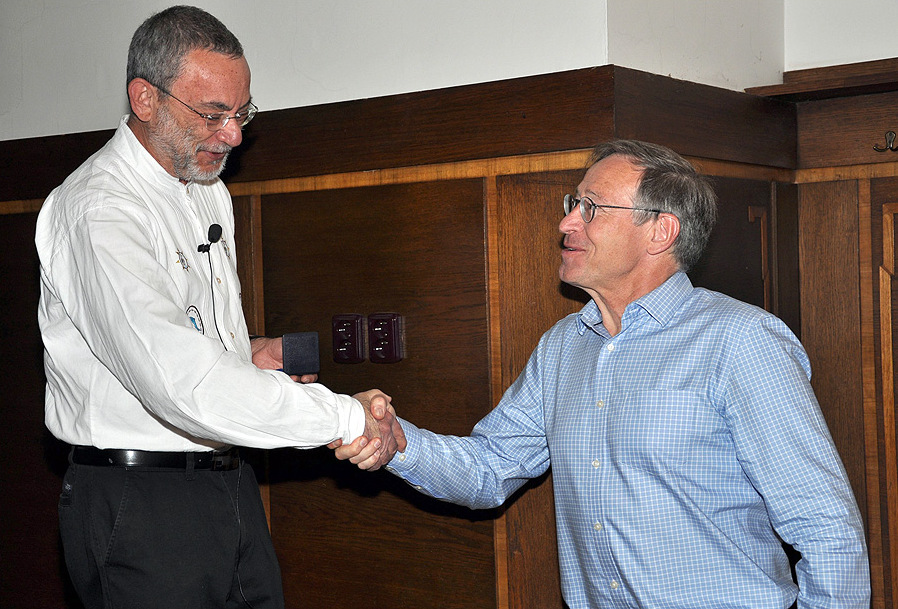Prof. David Avnir (The Hebrew University of Jerusalem, Izrael)
Organic Molecules within Metals: Principles and Applications
Abstrakt
A new family of materials, organically doped metals (organics@metal), was introduced in the past decade in our labs. These hybrid materials combine two very different chemical families – the metals, and the very large group of organic molecules. As a result, these materials not only combine properties of both families, but lead to synergetic effects in applications ranging from catalysis to bio-activity and much more as detailed below. The general approach for the preparation of the metallic composites involves a room temperature, one-pot, reduction of the metal cation, in the presence of the desired organic molecule, with carefully selected reducing agents.
Several techniques were developed for the entrapment of the organic component within the metals:
- Homogenous syntheses, using water-soluble metal-cation reductants.
- Homogenous syntheses, using reducing solvents (DMF).
- Heterogeneous methods in which the reductant is a sacrificial metal.
- Electrochemical entrapment in which the cation reduction is effected by the application of an electrical potential difference.
- Using zero-valent metals, either as their complexes or in amalgams.
These processes, when initiated, generate metallic nanocrystals which aggregate and accumulate around the organic molecules, thus leading to their entrapment. The composites contain the organic component in the range of 0.2% to 10% w/w, a sufficient amount to induce unique properties in the resulting material. Typically, water soluble dopants are not extracted by water after the doping is completed (but are easily washed away in an adsorption control experiment). A wide array of composites were synthesized by incorporating small molecules, polymers or enzymes in silver, copper, gold, cobalt, palladium and iron and in silver-gold, copper-palladium and copper-platinum and silver-mercury alloys. In all of these combinations the dopant molecules remain intact during the entrapment process and the entrapped molecules are available for chemical reaction.
Depending on the preparation conditions and on the environment, the dopant can either be tightly held in the matrix, or the metal can behave as a matrix for controlled release. Furthermore, the entrapped molecules can affect metal properties such as the conductivity and corrosion resistance; they can induce new properties such as acidity and chirality; they provide improved catalytic metals; and they allowed the construction of an electrochemical cell based on same-metal electrodes one of which is doped. Synergism has been often observed, for instance between an entrapped catalyst and a catalytic entrapping metal; and between an entrapped antibacterial molecule and an entrapping antibacterial metal (silver, copper).
Detailed studies employing SEM, XRD, adsorption/desorption measurement, density measurements, TGA and more, have provided a tentative picture of physical caging inside partially closed pores, the walls of which are the faces of nano crystallites. Ample evidence exists that this 3D process is completely different than 2D adsorption; only the former has led to the wide scope of useful applications discovered so far.
Zdroje
- J. Mater. Chem. 2012, 22, 17595 and references cited therein.
